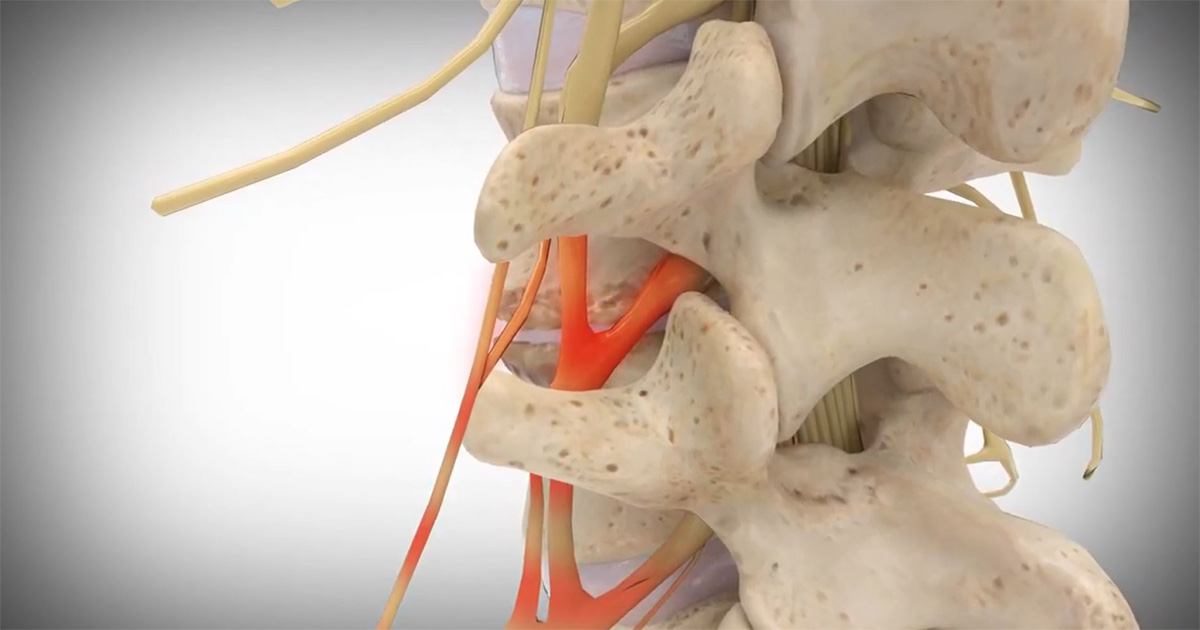Spinal Stenosis
What is Spinal Stenosis?
How is Stenosis Diagnosed?

Treatment Options
There are a number of treatment options available to patients suffering from stenosis. The physicians at Pontchartrain Orthopedics & Sports Medicine offer several methods of Interventional Spine Treatments, such as epidural injections. Epidural injections are corticosteroids administered directly into the area around the spinal cord, targeting the source of pain for stenosis patients. Physicians often use fluoroscopy to help with proper placement of these injections during the treatment. These injections reduce inflammation, reduce pressure and alleviate pain. Interventional Spine Treatment, used in conjunction with physical therapy to promote muscle strength, can alleviate the symptoms of many patients suffering from spinal stenosis.
When interventional spine treatments are no longer effective, surgical intervention may be something to consider. Surgical treatments usually involve decompression procedures (removing pieces of tissue to take pressure off nerves), fusion procedures (combining two segments of the spine to achieve stability), and sometimes a combination of the two. Many of these procedures can be done through a minimally invasive approach and with computer guided technology.

